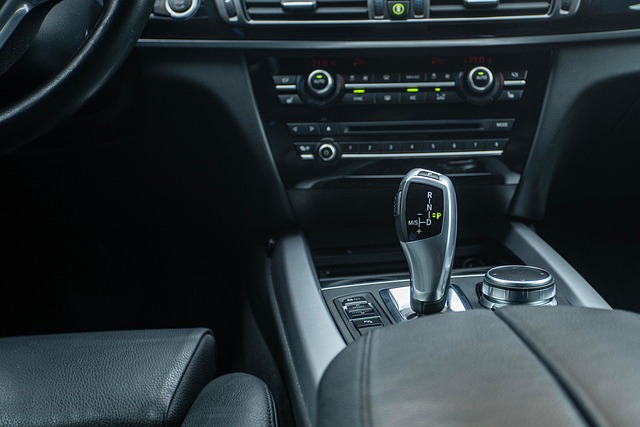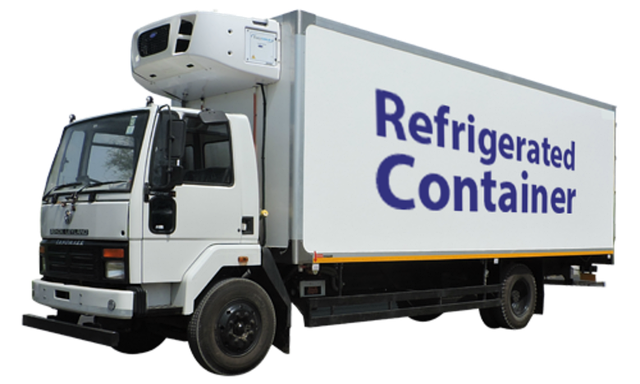Register Car California: Step-by-Step VIN Verification Guide
Looking to register your car in California? This comprehensive guide walks you through the entire process, ensuring a smooth experience. From understanding crucial registration requirements to complet…….

Looking to register your car in California? This comprehensive guide walks you through the entire process, ensuring a smooth experience. From understanding crucial registration requirements to completing essential VIN verification, you’ll learn step-by-step how to navigate California’s car registration system. By the end, you’ll have all the necessary documentation and plates ready for your vehicle. Key terms: vin verification, California car registration.
- Understand California Car Registration Requirements
- Gather Necessary Documents for VIN Verification
- Perform Vehicle Identification Number (VIN) Check
- Submit Application and Fees to DMV
- Receive Your Registration Plate and Documentation
Understand California Car Registration Requirements

Before registering your car in California, it’s crucial to understand the state’s specific requirements. California requires all vehicles to undergo a thorough inspection process to ensure they meet safety and emission standards. This involves a series of checks, including a vehicle identification number (VIN) verification, which is a critical step in the registration process. The VIN, unique to each car, provides essential information about its make, model, year, and manufacturing details, aiding in identifying potential issues or tampering.
A mobile VIN verifier or inspector plays a significant role in this process by offering convenient and efficient services. These specialists use advanced technology to conduct a comprehensive check of your vehicle’s history, including any previous accidents, outstanding recalls, or registration discrepancies. By utilizing their expertise, you can streamline the registration process, ensuring that your car is not only safe but also compliant with California’s stringent regulations.
Gather Necessary Documents for VIN Verification

Before registering your car in California, you’ll need to gather several key documents for VIN verification. The Vehicle Identification Number (VIN) is a unique code that identifies your vehicle, and it’s a critical component during the registration process. Ensure you have your car’s VIN, typically found on the vehicle’s certificate of origin or purchase agreement. Additionally, you’ll require valid identification documents such as a driver’s license or state-issued ID card.
For a smoother process, consider using a mobile vin verifier or scheduling a mobile vin inspection to verify your car’s details before heading to the DMV. This step is essential to ensure that all information about your vehicle matches the California Department of Motor Vehicles’ records.
Perform Vehicle Identification Number (VIN) Check

Before registering your car in California, it’s crucial to perform a Vehicle Identification Number (VIN) check. This step is essential for ensuring that the vehicle you’re about to register is legitimate and has not been reported as stolen or had its identity altered. A mobile VIN verifier or inspector can facilitate this process by providing on-site verification services, which are particularly convenient for out-of-state buyers or those unable to visit a DMV location.
Using a mobile vin verification service, you can quickly cross-reference the VIN with national databases to confirm the vehicle’s history. This includes checking for any outstanding liens, accident reports, or odometer rollbacks—all of which could impact your registration and insurance costs. By ensuring the car’s identity is authentic through this meticulous process, you’ll have one less worry when it comes time to legally register your new vehicle in California.
Submit Application and Fees to DMV

After gathering all necessary documents and ensuring your vehicle meets California’s requirements, it’s time to submit your application and fees to the Department of Motor Vehicles (DMV). This crucial step involves filling out Form DV-140, which serves as your official registration request. Alongside this form, you’ll need to provide essential details such as your personal information, vehicle specifications, and proof of insurance. Additionally, you’ll be required to pay the applicable registration fees, which vary based on your vehicle’s type and age.
One efficient way to streamline this process is through mobile vin verification services. A mobile vin inspection or mobile vin verifier can ensure your vehicle’s identity (verified through its unique VIN) is accurately captured and submitted with your application. This not only saves you time but also enhances the accuracy of your registration, ensuring a smoother experience with the DMV.
Receive Your Registration Plate and Documentation

After submitting your application and all required documents, it’s time to receive your registration plate and official documentation from the California Department of Motor Vehicles (DMV). This process typically involves a few steps. First, ensure that your vehicle has undergone the necessary safety inspections, including a mobile vin inspection or verification, which checks the Vehicle Identification Number (VIN) for any discrepancies. Once all checks are clear, you can expect to be issued a registration certificate and license plate.
These documents are essential not only for legal compliance but also for displaying your vehicle’s registration status clearly. The DMV will provide detailed instructions on how to obtain your plates and where to mount them on your vehicle. Keep these materials in a secure place, as they are required for future reference during vehicle transactions or when updating your registration details.
Registering a car in California involves understanding state requirements, gathering essential documents, and successfully completing the VIN verification process. By following these steps—from meeting necessary criteria to submitting applications and fees—you’ll be well on your way to securing your vehicle’s registration. Remember, a valid registration not only ensures legal compliance but also allows you to legally operate your car on California roads.







